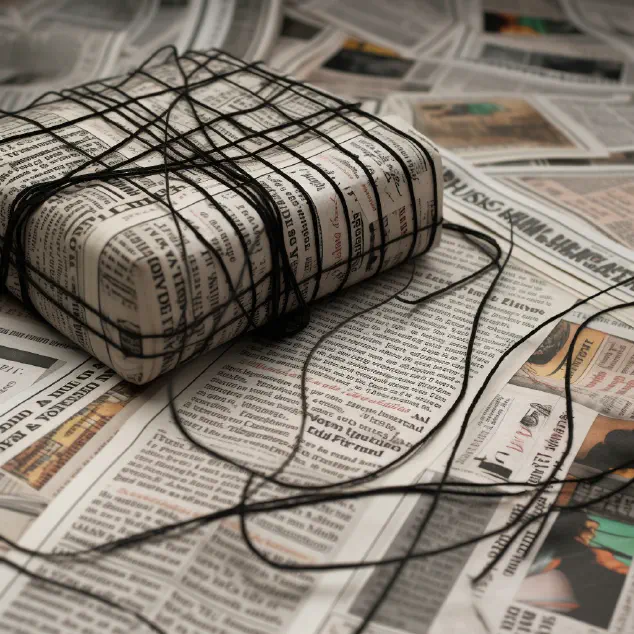
Secret 1: Clear Your Mind
Before starting any analysis, it’s crucial to clear your mind of any biases or preconceptions. Here are some tips to help you achieve an impartial mindset:
- Take a few deep breaths and relax your body. This will help you calm your mind and approach the analysis with a clear head.
- Identify any biases you may have and acknowledge them. Being aware of your biases allows you to check them when they arise during your analysis.
- Practice mindfulness. Focus on the present moment and the task at hand. If your mind starts to wander, gently bring it back to the analysis.
- Consider the perspective of all stakeholders involved. This will help you see the situation from multiple angles and reduce the likelihood of being swayed by personal opinions or emotions.
Remember, being impartial doesn’t mean being emotionless or indifferent. It means being aware of your biases and approaching the analysis with an open and objective mindset. By following these tips, you can clear your mind and improve your ability to provide unbiased analysis.
Secret 2: Gather As Much Information As Possible
To ensure that your analysis is impartial, you must gather all relevant information. Here are some tips to help you collect as much data as possible:
-
Research thoroughly: Utilize all available resources, including academic studies, reports, and reputable websites. Be sure to use a variety of sources to get a well-rounded view of the subject.
-
Interview subject matter experts: If there are individuals who are knowledgeable about the matter you’re analyzing, reach out to them for an interview. Be prepared with a list of questions to ask, and record their responses.
-
Collect data: If possible, collect data related to the subject you’re analyzing. This could include surveys, statistics, or other relevant information. Ensure that the data is from reputable sources to maintain impartiality.
-
Consider multiple perspectives: Keep in mind that there may be differing opinions and viewpoints on the subject. Consider all perspectives to gain a comprehensive understanding of the topic.
The more information you gather, the more accurate and impartial your analysis will be. Remember to keep an open mind and challenge any assumptions you may have about the subject. By doing so, you’ll be able to provide unbiased recommendations and valuable insights.
Secret 3: Evaluate Each Piece Of Evidence Independently
When analyzing information, it’s crucial to look at each piece of evidence on its own. This technique helps you avoid personal biases and perspectives that may come from looking at the bigger picture. By focusing on individual components, you can make more objective assessments of the information. Here are some tips for evaluating each piece of evidence independently:
- Avoid making assumptions or jumping to conclusions based on your previous experiences or assumptions about the subject.
- Analyze each piece of evidence as if it were the only one you had. This way, you can take into account all the factors involved, so you get a clearer view of the situation.
- Ensure that you take notes on each piece of information as you evaluate it. This technique helps you avoid confusing different pieces of evidence and ensures that you can retrace your steps if needed.
- Recheck your interpretation of the evidence before adding it to your analysis. Make sure that you have analyzed it objectively, without biases.
By following these tips, you’re better equipped to evaluate information objectively and thoroughly. Independent analysis helps you avoid personal bias or assumptions that can interfere with your judgment of the situation.
Secret 4: Look For Contradictions And inconsistencies
Being able to identify contradictions and inconsistencies is essential to impartial analysis. It’s these minute differences that can potentially flip the situation entirely. Here are some ways to spot them:
Compare and Contrast
To identify inconsistencies quickly, it’s best to compare and contrast similar data. Look at all the data within the same category and analyze them. If there are conflicting results, go back to the data and re-examine each in detail.
Analyze Each Piece Individually
Approach each data individually and try to find contradictions that way. By looking at each piece independently, you can spot differences and inconsistencies much easier.
Take a Second Look
Do not hesitate to take a second look at a piece of data that seems to contradict what you’ve analyzed so far. The information may not line up with the overall picture, but it’s still valuable in providing more context to the situation.
Use Technology
Utilize technology, such as data visualization software, that can help identify inconsistencies in the data. These programs can highlight outliers, making it easier to spot discrepancies.
Ask a Trusted Source
Lastly, if you’re still unsure if your analysis is impartial, ask a trusted colleague for their opinion. If they point out contradictions that you didn’t notice, then it’s time to reevaluate your analysis until you come up with an objective result.
By taking a careful look at the data and identifying any inconsistencies, you can adjust your analysis accordingly and provide a much more accurate, unbiased view of your subject matter.
Secret 5: Check Your Conclusions
After you’ve analyzed all the information you have, it’s essential to check your conclusions to ensure they are unbiased and impartial. Here are a few things you can do:
Ask Yourself Questions
To check for potential biases, ask yourself questions like:
- Am I taking any assumptions for granted?
- Could my analysis be influenced by my personal beliefs or values?
- Have I considered all possible angles?
Asking yourself these questions can help you uncover any hidden biases that may be affecting your conclusions.
Consider Alternative Explanations
To avoid rushing to conclusions, try to consider alternative explanations for the information you’ve gathered. Look for evidence that contradicts your analysis, and try to incorporate that evidence into your analysis. This can help ensure that your conclusions are based on the strongest evidence available.
Seek Feedback
Finally, it’s always a good idea to seek feedback from others to check your conclusions. Find someone who is impartial and ask them to review your analysis. Ask them to point out any potential biases or flaws in your analysis, and take their feedback seriously.
By following these steps, you’ll be able to check your conclusions and ensure that your analysis is as impartial and unbiased as possible. Remember, impartial analysis is critical to effective critical thinking, decision-making, and analysis. By mastering the five secrets to perfect impartial analysis, you’ll be able to provide recommendations with confidence.


